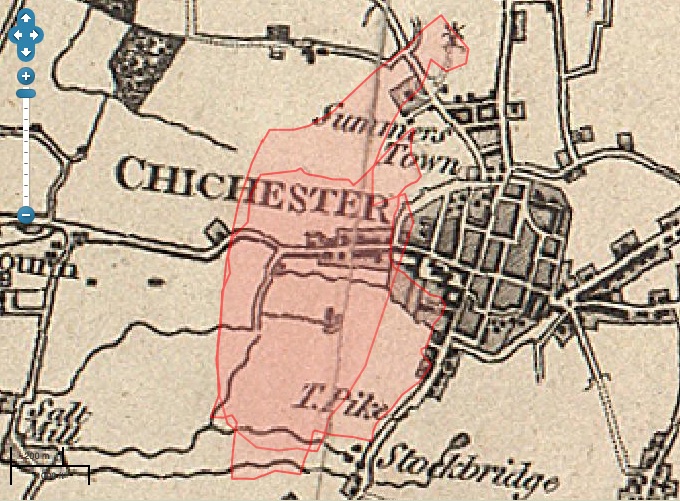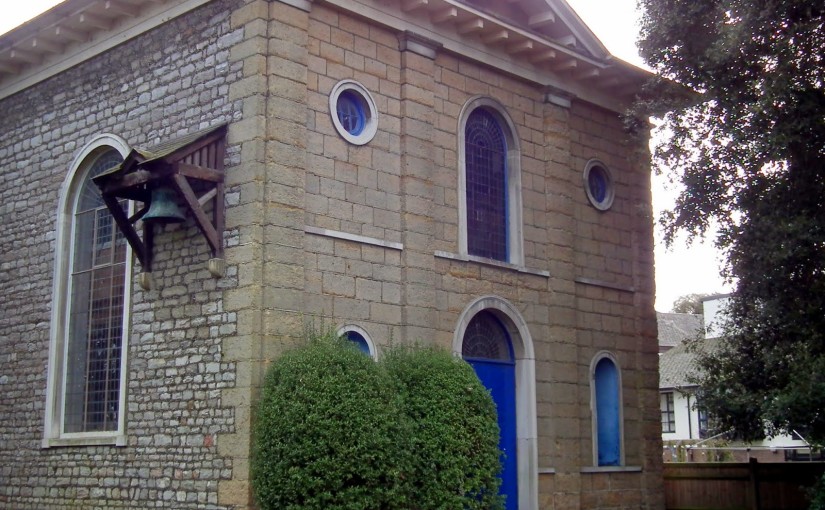This text is the last in our series about the Suburb of St Bartholomew, through which Westgate runs. It consists of edited data selected from the 19th century censuses for the historic suburb of St Bartholomew (1801 to 1891)
The 19th century population of the St Bartholomew’s Civil Parish was the same in 1891 as it was in 1801 at 259 souls, yet peaking in 1851 at 312. This spike was no doubt a reflection of the general trend during the industrial revolution that lured rural workers into the cities to find better-paid work.

Of the 109 women living in the parish in 1881, a full 41 were of unknown occupation with another 15 in “unspecified occupations”. The low quality of data for 56 of the female inhabitants makes it difficult to fully represent the activities of women in the suburb during the period. In addition to the 40 in domestic service, we do know that five women worked in food and lodging and 7 in dress, but that there was only one woman from the professions living in the parish. At any one time there were 15 to 30 more women than men living in the suburb.
To continue this 1881 snapshot, ten of the 75 males were also working in food and lodging, and a further 9 in domestic service, the same number in unspecified occupations and 5 in dress and fabrics. In jobs requiring more brawn, six worked in agriculture and 6 more in house, furniture and decoration. Three worked in “animal substances” (tanners? Shippams?), 3 in mineral substances and 3 in vegetable substances (Hentys?). Women were entirely absent from these activities. On the better paid side, 6 men were professionals, 7 worked in commerce and 8 in transport and communications; employment opportunities for men (with one exception) perhaps also related to businesses on the street like Hentys or Shippams?
The parish in this period covered 233 acres or just over a third of a square mile. There were 66 houses within its confines in 1841, rising to 70 in 1891, with a little over 60 in continued occupancy, the others being empty or under construction. This means that in 1851, at its most crowded, there were on average more than 20 people living in a single house, so some no doubt in excess of that. It is worth remembering that the Georgian house was often rented out room by room, notions such as a separate kitchen and bathroom not then being available. This does explain the room plans in some of the properties along Westgate. As you may have guessed from the dates, population data has been extracted from the 19th century censuses.
Source: URL -http://www.visionofbritain.org.uk/unit/10287480/census
